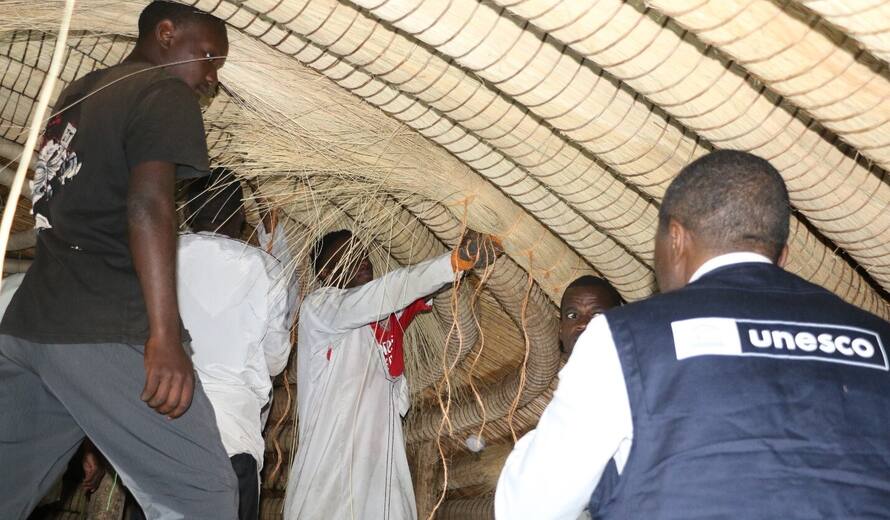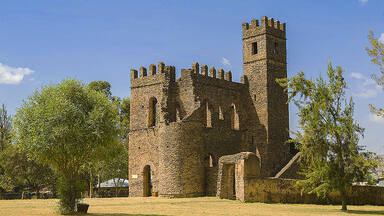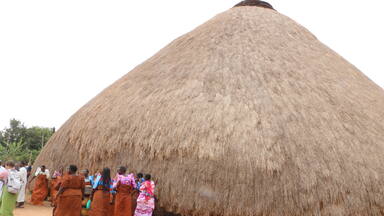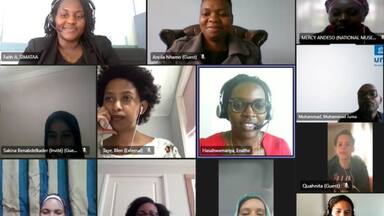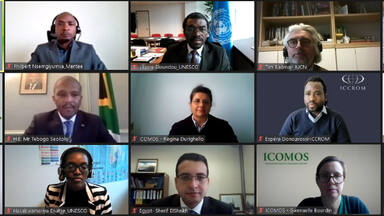2023: A new important step in the protection and promotion of Africa's World Heritage
Sub-Saharan Africa only represents less than 10% of the sites inscribed on the UNESCO World Heritage List. This figure highlights our shared responsibility to make more room to the rich heritage of this region. The 45th session of the World Heritage Committee resulted in undeniable progress in addressing this challenge.
The list of World Heritage sites does not yet fully embody its universality. UNESCO is working relentlessly to remedy this situation, in line with our priority for Africa.
Towards a more balanced and inclusive List
With 5 new site inscriptions from African countries during this session of the Committee, the symbolic milestone of 100 African sites inscribed on the World Heritage List has been reached.
This breakthrough includes the inscription of Rwanda’s first ever two sites, “Nyungwe National Park” and “Memorial sites of the Genocide: Nyamata, Murambi, Gisozi and Bisesero”. These inscriptions follow years of support by UNESCO and its partners, to Rwanda to submit its nominations.
This inscription is an immense joy for the Rwandan government, the Rwandan people as a whole, and for the whole African continent, because the inscription of sites in Africa is increasing.
Such progress is just the beginning. UNESCO is collaborating closely with the 11 African States Parties that have not yet a site inscribed so that they can submit a nomination in the coming years.
The extension of a site from Togo to Benin was also a powerful example of transnational collaboration of the recognition and the protection of shared culture.
Contributing to removing sites from the In Danger List
While African heritage is under-represented on the World Heritage List, it is on the other hand over-represented on the World Heritage List in Danger. UNESCO is working with African States Parties to save the sites concerned.
This approach succeeded this year for the site of the Tombs of Buganda Kings at Kasubi (Uganda). The site was devastated in 2010 by a violent fire which resulted in its inscription on the List of World Heritage in Danger. Through a plan implemented by the Ugandan authorities and its local communities, in close collaboration with UNESCO and the financial support of Japan, Norway, UNESCO's Heritage Emergency Fund and the African World Heritage Fund, the site has been rehabilitated and has returned to the Desired State of Conservation. Its rehabilitation and reconstruction programme were completed in the summer of 2023 and officially led to its removal from the List of World Heritage in Danger by the Committee on 12 September 2023.
This decision is a new step to achieve the goal by 2029 of removing half of the African sites currently on the List of World Heritage in Danger.
"The support from UNESCO and the international community has been overwhelming and everyone all over the world has now expressed their joy. Rebuilding our heritage and being removed from the In Danger List reopens the gate again."
A new generation of young African professionals
Africa has the youngest population in the world, with 70% of sub-Saharan Africa under the age of 30. Such a high number of young people is an opportunity for the continent’s growth. UNESCO is committed to supporting professional opportunities in the field of heritage.
“We, the new generation of heritage experts, need to be at the forefront of the promotion and protection of African cultural heritage,”
The Mentorship Programme for African Heritage Professionals creates opportunities for African professionals to enhance their expertise in the field of natural and/or cultural heritage. Started in 2021, led by UNESCO in partnership with the African World Heritage Fund, ICCROM, ICOMOS and IUCN, it has already trained 40 professionals (20 women and 20 men).
UNESCO is also supporting a stronger involvement of universities in shaping future generations of devoted heritage professionals, notably through the development of heritage related curricula and the creation of dedicated UNESCO Chairs.
